Blue Print Coordinator for Talbot County Public Schools:
Helga Einhorn, Ph.D
In 2020 a piece of landmark legislation was passed, the Blueprint for Maryland’s Future Act (HB 1300). The intent of this legislation is to improve and enhance the quality of public education in Maryland. In its 235-pages, the bill contains policy and funding recommendations from the Kirwan Commission on Innovation and Excellence in Education. In 2021 HB 1372 was passed to complement and update HB 1300. House Bill 1300 and House Bill 1372 should both be considered and cross-referenced to fully understand policy provisions and funding found in the Blueprint. House Bill 1300 and House Bill 1372 should both be considered and cross-referenced to fully understand policy provisions and funding found in the Blueprint. The Blueprint for Maryland’s Future is a multi-billion dollar investment to be implemented over the next 10 years.
The Blueprint for Maryland’s Future provides the foundation needed to elevate every child to reach their full promise and potential by transforming Maryland’s education system into a world-class model. The Blueprint for Maryland’s Future is organized into five distinct policy areas (pillars):
- Early Childhood Education
- High Quality and Diverse Teachers and Leaders
- College and Career Readiness
- More Resources to Ensure that All Students are Successful
- Governance and Accountability
Under the legislation, an Accountability and Implementation Board (AIB) provides oversight and has the authority to ensure that the mandates are successfully implemented and produce the desired results.
Early Childhood Education
Investing in High-quality Early Childhood Education and Care: So that all children have the opportunity to begin kindergarten ready to learn, significant expansion of full-day pre-school, to be free for all low-income three- and four-year-olds.
High Quality and Diverse Teachers and Leaders
Elevating Teachers and School Leaders: Raising the standards and status of the teaching profession, including a performance-based career ladder and salaries comparable to other fields with similar education requirements.
Career and College Readiness
Creating a World Class Instructional System: An internationally benchmarked curriculum that enables most students to achieve “college- and career-ready” status by the end of tenth grade and then pursue pathways that include early college, Advanced Placement courses, and/or a rigorous technical education leading to industry-recognized credentials and high-paying jobs.
Resources to Ensure All Students are Successful
Providing More Support to Students Who Need it the Most: Broad and sustained new supports for schools serving high concentrations of students living in poverty, with before-and after-school and summer academic programs and student access to needed health and social services, and increased support for English learner and special education students.
The implementation of the Maryland Blueprint has already begun and will likely impact students and staff in the coming months. To learn more about the Maryland Blueprint, look for future communications and research information at the following sites:
- Maryland Association of Boards of Education (MABE) Priority Issue: The Blueprint for Maryland’s Future
- Fiscal & Policy Note Explaining HB 1300 (2020) – Blueprint Bill Text (HB 1300)
- Fiscal & Policy Note Explaining HB 1372 (2021) – Blueprint Revisions Bill Text (HB 1372)
- Department of Legislative Services: Education Policy


